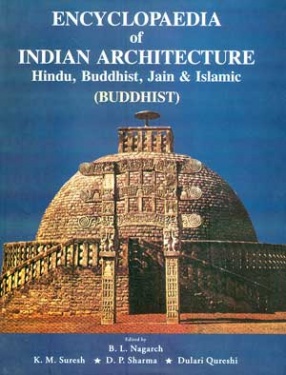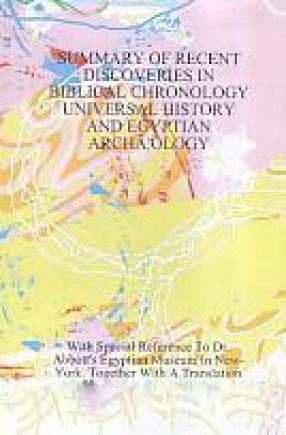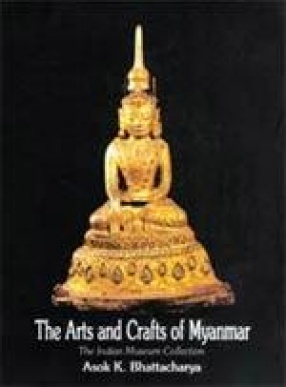Ganesa, one of the prominent and popular Gods among the Hindu pantheon, occupies an unparalleled position as a remover of all kinds of obstacles as also as a God of wisdom He is worshipped before the commencement of any undertaking, be it religious, social cultural, academic, or commercial. The worship of Ganesa did not remain confine to the Hinduism alone but is also noticed in Buddhism, and Jainism. The images of Ganesa, depicted in a variety of forms, are reported from almost every nook and corner of India. The exquisite variety of forms as well as richness of iconographic details associated with this diety forms a fascinating subject, especially from the point of view of art. The work under reference makes an in-depth study of the subject and the text is thematically divided into six chapters. In the first chapter, literary evidence as found in the Vedic and Puranic texts concerning Ganesa as also various myths about Him and His elephant head, ekadanta, vahana, etc. are discussed. In the second chapter, iconographic features of this deity as described in the Puranas, Silpa texts and other literary works are taken into account. The third chapter deals with the range and different iconographical features of Ganesa images pertaining to the Brahmanical art. For the purpose of study these have been grouped in the following Categories : i. Seated Images; ii. Standing Images; iii. Dancing Images; iv. Sakti-Ganesa; v. Vinayaki : The Female Ganesa;
vi. Ganesa in Association with other Deities : a. Siva, Parvati and Karttikeya, b. Saptamatrkas, c. Navagrahas, d. Pancayatana, e. Devapatta, f. Surya, Brahma, Visnu, Kubera, Gajalaksmi, Manasa, Varaha, Mahisasuramardini, Narasimha, etc. The fourth chapter delineates the position of Ganesa in the Buddhist art on the basis of the Buddhist texts and related sculptural data. Likewise, the fifth chapter highlights the position of Ganesa in the Jain art. The concluding sixth chapter sums up the discussion in the preceding chapters and puts forth the main observations. At the end, the text is accompanied by a glossary, passages from the original texts on the iconographic features of Ganesa, a comprehensive bibliography, a list of illustrations and an index along with 189 photographic illustrations.
The Imperial Guptas: A Bibliography
$16.62
$17.50





There are no reviews yet.